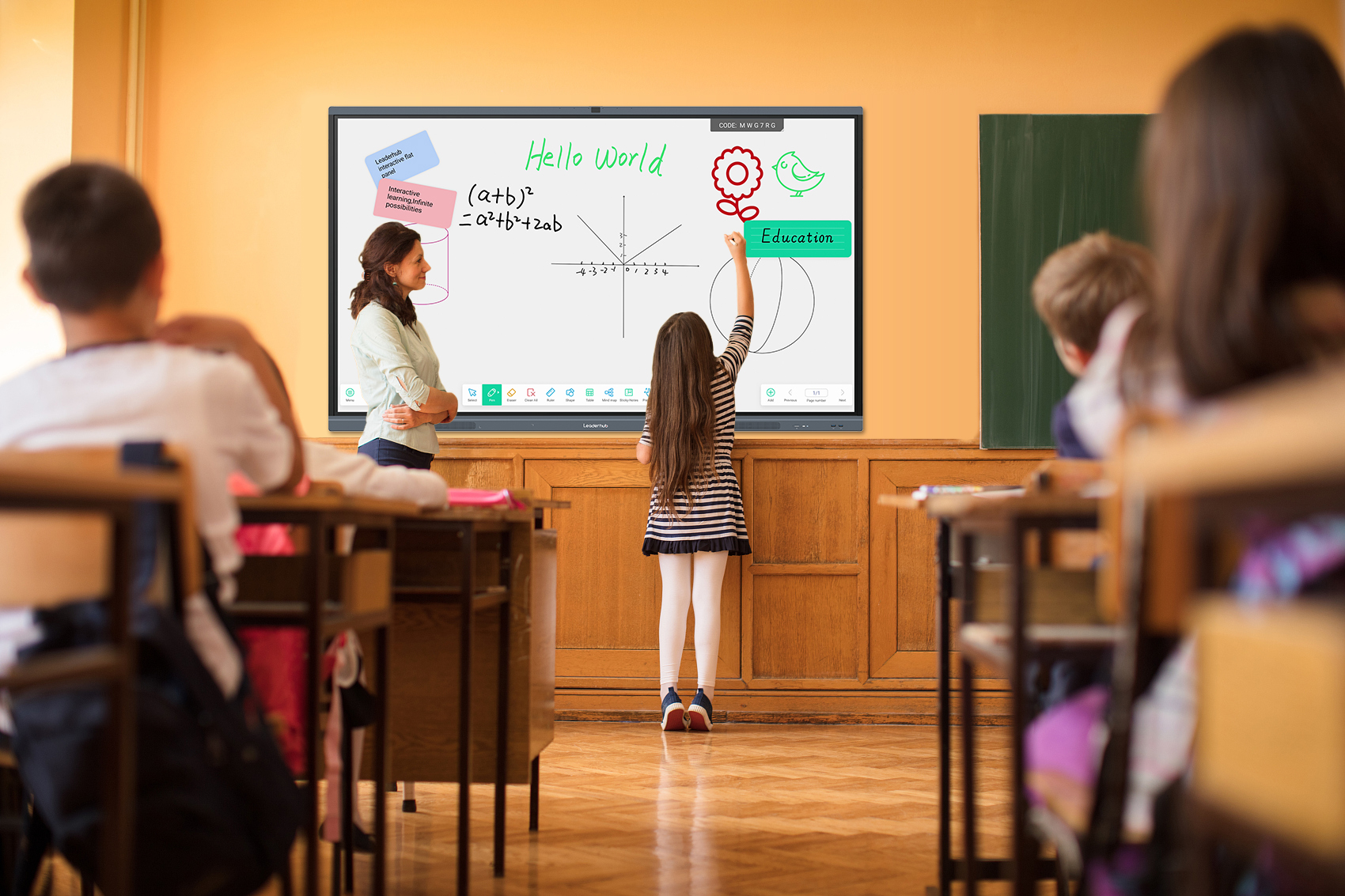Smart whiteboards are positively impacting today's classrooms and changing the way students learn and the way teachers teach.
Familiar with the use of the smart whiteboard: Before using the smart whiteboard, it is recommended to learn how to use the smart whiteboard first. Learn how to tap, drag, wipe, write, and more, and use various tools and apps.

Make a class plan: Before using the smart whiteboard, make a class plan. List topics, issues, and points to discuss so that both students and teachers can focus.
Use smart whiteboard applications: Smart whiteboards have many applications, such as drawing, taking photos, recording screens, text input, etc. These applications can help students better understand and master knowledge. For example, when explaining graphics, you can use a drawing application to draw graphics and display them on the smart whiteboard.
Motivate Student Participation: Using a smart whiteboard can encourage student participation in the classroom. For example, a smart whiteboard can be used to create a discussion thread for students to write their ideas on, or for students to use a smart whiteboard for group collaboration.
Record class notes: Using a smart whiteboard can help students take better class notes. Teachers can write and mark on the smart whiteboard, and students can follow and annotate on it.
Take advantage of the interactive function of the smart whiteboard: The interactive function of the smart whiteboard can help students better understand and master knowledge. For example, a poll or survey could be created on a smart whiteboard where students answer questions and collect data.
In short, the use of smart whiteboards can greatly improve classroom efficiency and help students better understand and master knowledge. Teachers need to learn and be familiar with the use of smart whiteboards, and develop a classroom plan to better utilize the advantages of smart whiteboards.

